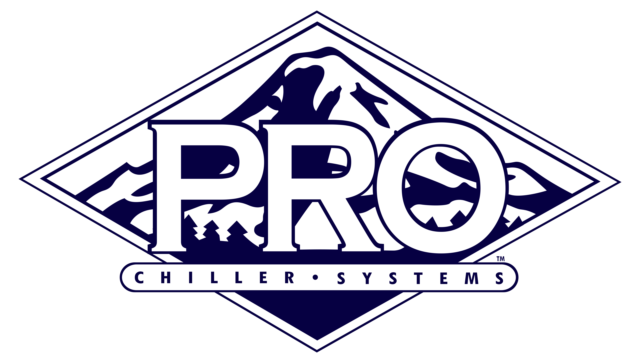Since milk per cow is higher than ever, harvesting more milk in the same amount of time to achieve optimum udder health is even more important.
Consistently milking cows properly in an efficient manner can increase productivity and help improve milk quality. Automated parlor technologies, like automatic prep systems and automatic post-dipping, can help bring consistency and efficiency to harvesting milk on your dairy.
Here are some benefits parlor automation can deliver.
Labor
If you look at any milking technology advancement, from the first pipeline system to robotic milking, one of the main goals in technology development was to reduce labor. Parlor automation technology is no different. As labor availability decreases and costs climb, finding labor efficiency is critical to your bottom line.
The first thing you should look at when considering automated parlor technology is how many labor units you can save. Teat prep systems and automatic post-dipping can streamline the milking process and reduce the number of employees needed per milking shift, resulting in significant savings.
For example, consider a farm milking 3X with three employees per shift in a double-24 parlor. By reducing the number of employees needed per milking to two, they could save as much as $100,000 or more per year.
Keep in mind, implementing automated technology doesn’t guarantee labor savings. Consider how technology could fit into your farm:
- Could it help you move parlor employees to another area that needs attention?
- Are you currently short-staffed in the parlor?
- Can you achieve a more consistent milking process and improve milk quality with your current staff and automated technology?
Evaluate your entire farm labor needs and create a plan for how milking automation can help achieve your goals.
Consistent milking procedures
Thirty years ago, most farms only required the same one or two people to milk the cows. That person milked the cows the same way every day, from bringing the cows in for milking through the post-dipping process.
Many farms today have multiple employees milking the cows and often different people for each shift. A lot of time is spent on training to achieve the goal of consistently following milking protocols to harvest milk the same way at every milking. Differences in how employees complete milking procedures can lead to inconsistency and a decline in milk quality.
Automated parlor technologies help standardize the milking process for improved consistency and milk quality. From the first hour of milking to the last, automation helps your dairy achieve consistency. This is very important as more dairies implement longer milking shifts.
But remember, automated technology needs to be used correctly, and scheduled maintenance needs to be completed. Proper training and maintenance are vital for successful implementation.
Incorporating automated technology in the parlor typically takes three to four weeks to train employees, make adjustments and break any habits from previous milking procedures. Continuing to track milk quality and milk harvest key performance indicators (KPIs) is important to ensure you’re achieving your goals.
Efficient milking
Rapid-exit parlors and return lanes for efficient cow flow didn’t exist back in the day. Today’s expectations for efficiency are all about the cow – to limit her time away from feed, water and the housing environment, to keep her comfortable. Being efficient in the parlor is just as important as cow flow to and from the parlor, as well as properly sized holding pens and group sizes.
Automated parlor technologies allow you to complete the milking process in an efficient time frame without sacrificing milk quality. When employees are in a rush, teats might not get cleaned properly or dipped completely, or not enough time may be allowed for proper stimulation. Automatic prep systems make sure each teat is cleaned, disinfected, stimulated and dried in a consistent, efficient manner. Automatic post-dipping ensures each teat is dipped consistently as soon as milking is complete. It also eliminates the additional seconds or minutes it takes for the employee to grab the dip cup and dip the teats.
Sometimes, however, we can gain labor efficiency by slowing things down to complete tasks with less people using automation. For example, if you slow down a rotary parlor and implement an automated prep system, one person can now do the job of a couple of people, and you can harvest high-quality milk using less labor.
Equipment maintenance
Equipment maintenance also becomes more critical with an emphasis on faster milking and efficiency. If equipment goes down, you lose valuable time milking cows and bringing dollars to your bottom line. And milk quality can suffer if equipment doesn’t function properly.
Adding more technology to the parlor doesn’t necessarily mean more maintenance; it’s about taking preventative measures. Work with your equipment dealer to create a plan for scheduled maintenance. Routine maintenance keeps equipment working correctly and efficiently and helps prevent potential breakdowns and downtime. Enroll in scheduled services to keep your parlor running at top form and eliminate worry. Make sure to have a clearly defined schedule, including who is responsible for each task (dealer or someone at your dairy). And last but not least, make sure you purchase reliable, reputable equipment backed by a strong dealer support team.
How we milk cows will continue to evolve. Automated parlor technologies can help you increase productivity, reduce labor and improve milk quality. Work with your local milking equipment dealer to find the best automated solutions for your dairy. ![]()
PHOTO: Automated parlor technologies, like automatic prep systems and automatic post-dipping, can help bring consistency and efficiency to harvesting milk. Photo courtesy of GEA.

-
Keith Engel
- Dairy Farm Hygiene and Supplies Specialist
- GEA
- Email Keith Engel






